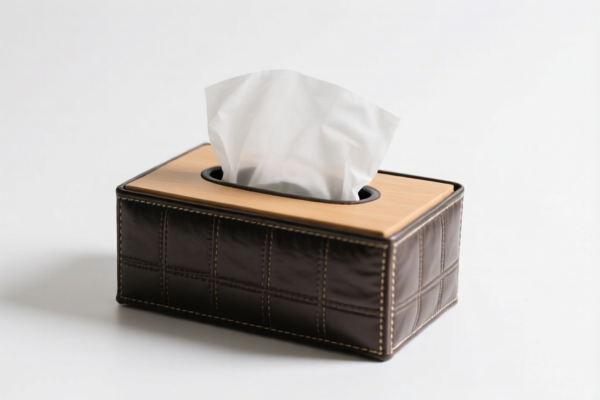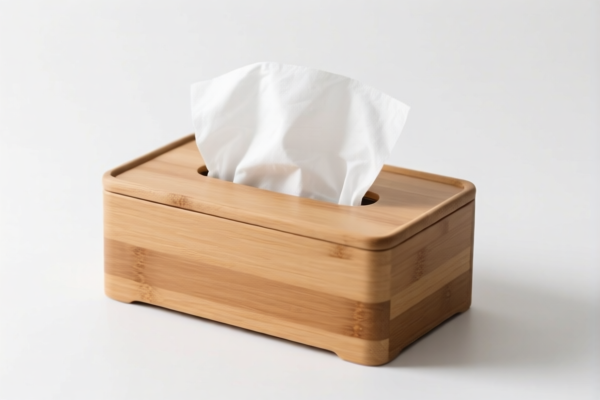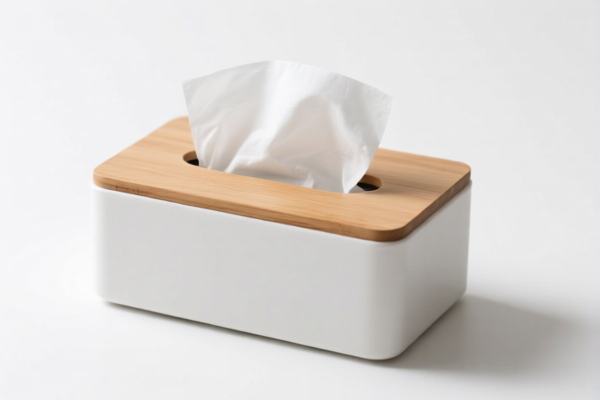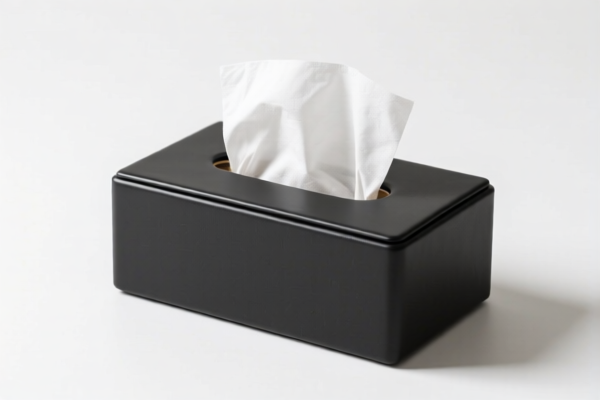| HS Code | Official Doc | Tariff Rate | Origin | Destination | Effective Date |
|---|---|---|---|---|---|
| 7326901000 | Doc | 80.0% | CN | US | 2025-05-12 |
| 7310290055 | Doc | 80.0% | CN | US | 2025-05-12 |
| 7310290065 | Doc | 80.0% | CN | US | 2025-05-12 |
| 8480100000 | Doc | 58.8% | CN | US | 2025-05-12 |
| 8480799090 | Doc | 58.1% | CN | US | 2025-05-12 |
| 8484100000 | Doc | 57.5% | CN | US | 2025-05-12 |
| 8484900000 | Doc | 57.5% | CN | US | 2025-05-12 |
| 7607116010 | Doc | 35.3% | CN | US | 2025-05-12 |
| 7607116090 | Doc | 35.3% | CN | US | 2025-05-12 |
| 7612100000 | Doc | 57.4% | CN | US | 2025-05-12 |
| 7612905000 | Doc | 55.0% | CN | US | 2025-05-12 |
| 3923900080 | Doc | 58.0% | CN | US | 2025-05-12 |
| 3920910000 | Doc | 59.2% | CN | US | 2025-05-12 |
| 3920995000 | Doc | 60.8% | CN | US | 2025-05-12 |
| 8301102000 | Doc | 39.8% | CN | US | 2025-05-12 |
| 8301500000 | Doc | 40.6% | CN | US | 2025-05-12 |
| 8306100000 | Doc | 35.8% | CN | US | 2025-05-12 |
| 8306100000 | Doc | 35.8% | CN | US | 2025-05-12 |




Tin Foil Box
A tin foil box, commonly referred to as a Faraday cage or shield when constructed with appropriate materials and grounding, is an enclosure formed from a conductive material, typically aluminum foil, that blocks electromagnetic fields.
Material
While the term "tin foil" is used colloquially, modern constructions primarily utilize aluminum foil due to its cost-effectiveness, malleability, and conductivity. The effectiveness of the shielding depends on the thickness, purity, and continuity of the conductive material. Copper and steel are also used in more robust Faraday cages.
Purpose
The primary purpose of a tin foil box (or Faraday cage) is to block electromagnetic interference (EMI) or radio frequency interference (RFI). This interference can originate from external sources like radio waves, microwaves, cell phone signals, or even static electricity.
Function
The function relies on the principle of electromagnetic induction and the properties of conductors. When an electromagnetic field encounters the conductive material, it causes electrons within the material to redistribute. This redistribution creates an opposing electromagnetic field that cancels out the external field within the enclosure. Crucially, there must be no openings or gaps in the conductive material for the shielding to be effective. Any holes allow electromagnetic radiation to penetrate.
Usage Scenarios
- Electronics Protection: Protecting sensitive electronic equipment from damage or malfunction caused by EMI.
- Forensic Investigations: Used to prevent remote activation or data extraction from electronic devices (e.g., cell phones) during investigations.
- Security: Blocking signals from electronic devices to prevent tracking or eavesdropping.
- Scientific Experiments: Creating a shielded environment for sensitive measurements.
- Amateur Radio: Used to isolate radio equipment or test setups.
- DIY Projects: Individuals may construct simple tin foil boxes for experimenting with signal blocking or shielding.
Common Types/Constructions
- Simple Foil Box: Constructed from layers of aluminum foil, often used for basic shielding. Effectiveness is limited.
- Metal Mesh Cage: A cage constructed from a conductive mesh, offering better shielding than foil alone.
- Solid Metal Enclosure: A box constructed from solid metal (e.g., steel, copper) providing the highest level of shielding. Requires grounding for optimal performance.
- Shielded Rooms: Large rooms lined with conductive materials, used for highly sensitive applications.
- Shielded Cables: Cables with a conductive shield to prevent interference.
Tin foil boxes generally refer to containers made of aluminum foil, used for packaging goods. Here's a breakdown of relevant HS codes based on the provided information:
-
7607.11.60.10 - Aluminum foil (whether or not printed, or backed with paper, paperboard, plastics or similar backing materials) of a thickness (excluding any backing) not exceeding 0.2 mm: Not backed: Rolled but not further worked: Of a thickness not exceeding
0.15 mm: Of a thickness exceeding0.01 mm Boxed aluminum foil weighing not more than 11.3 kg.- 76 - Aluminum and aluminum articles.
- 07 - Aluminum foil.
- 11 - Not backed.
- 60 - Rolled but not further worked.
- This code specifically covers boxed aluminum foil weighing not more than 11.3 kg, with a thickness exceeding 0.01 mm and not exceeding 0.15 mm.
-
7607.11.60.90 - Aluminum foil (whether or not printed, or backed with paper, paperboard, plastics or similar backing materials) of a thickness (excluding any backing) not exceeding 0.2 mm: Not backed: Rolled but not further worked: Of a thickness exceeding
0.01 mm Other.- 76 - Aluminum and aluminum articles.
- 07 - Aluminum foil.
- 11 - Not backed.
- 60 - Rolled but not further worked.
- This code covers aluminum foil (not backed, rolled but not further worked) with a thickness exceeding 0.01 mm, but not specifically boxed or limited to 11.3 kg weight.
-
7612.10.00.00 - Aluminum casks, drums, cans, boxes and similar containers (including rigid or collapsible tubular containers), for any material (other than compressed or liquefied gas), of a capacity not exceeding 300 liters, whether or not lined or heat insulated, but not fitted with mechanical or thermal equipment: Collapsible tubular containers.
- 76 - Aluminum and aluminum articles.
- 12 - Aluminum casks, drums, cans, boxes and similar containers.
- 10 - Collapsible tubular containers.
- This code applies to aluminum boxes that are collapsible tubular containers.
-
7612.90.50.00 - Aluminum casks, drums, cans, boxes and similar containers (including rigid or collapsible tubular containers), for any material (other than compressed or liquefied gas), of a capacity not exceeding 300 liters, whether or not lined or heat insulated, but not fitted with mechanical or thermal equipment: Other: Other.
- 76 - Aluminum and aluminum articles.
- 12 - Aluminum casks, drums, cans, boxes and similar containers.
- 90 - Other.
- This code covers aluminum boxes that are not collapsible tubular containers and fall under the "other" category.
Customer Reviews
No reviews yet.